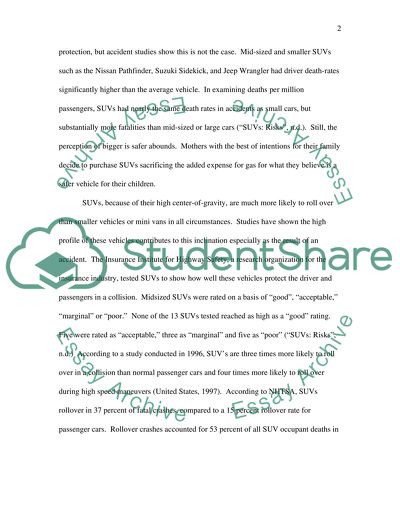Cite this document
(The Poor Safety Record of SUVs on the US Economy Case Study, n.d.)
The Poor Safety Record of SUVs on the US Economy Case Study. Retrieved from https://studentshare.org/macro-microeconomics/1535599-what-impact-does-the-safety-record-of-suvs-have-on-the-economy
The Poor Safety Record of SUVs on the US Economy Case Study. Retrieved from https://studentshare.org/macro-microeconomics/1535599-what-impact-does-the-safety-record-of-suvs-have-on-the-economy
(The Poor Safety Record of SUVs on the US Economy Case Study)
The Poor Safety Record of SUVs on the US Economy Case Study. https://studentshare.org/macro-microeconomics/1535599-what-impact-does-the-safety-record-of-suvs-have-on-the-economy.
The Poor Safety Record of SUVs on the US Economy Case Study. https://studentshare.org/macro-microeconomics/1535599-what-impact-does-the-safety-record-of-suvs-have-on-the-economy.
“The Poor Safety Record of SUVs on the US Economy Case Study”. https://studentshare.org/macro-microeconomics/1535599-what-impact-does-the-safety-record-of-suvs-have-on-the-economy.


